Each summer, students from SGPIA spread out across the world as part of the International Field Program (IFP) and Studio Programs! Students conduct independent research, contribute to the vital work of local non-profits, NGOs, and government agencies, and gain invaluable international experience. This summer, our students are living, working, and learning in Argentina, the Balkans, Colombia, Cuba, Ethiopia, and South Africa. The IFP and Studio Correspondents will be the eyes and ears in the field to help us tell the stories of the summer. Check back to learn about each of the field sites.
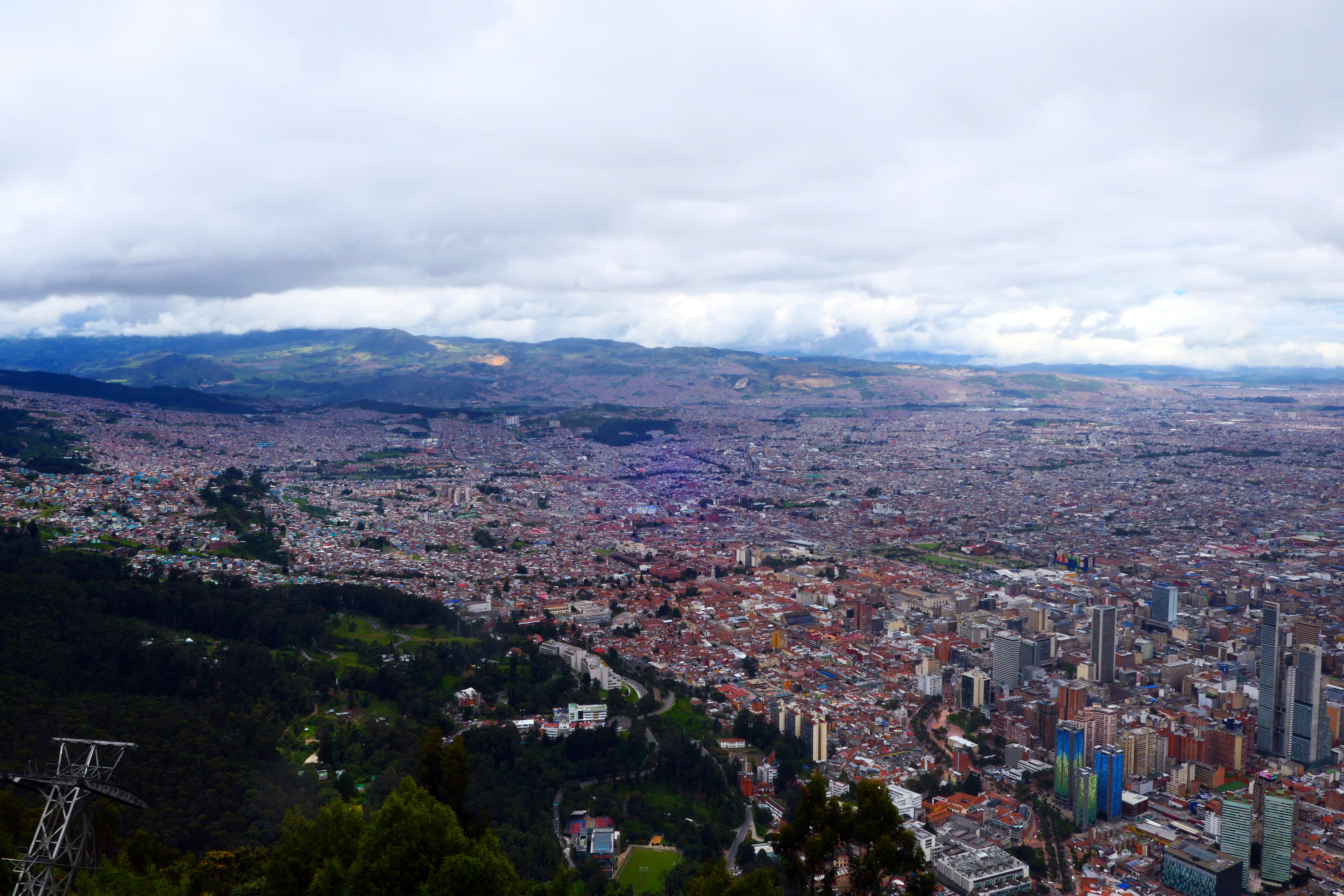
The first thing you notice about Bogotá, Colombia, is how huge the city is. You only get a real sense of its vastness from the vantage point that Monserrate (the mountain in the central part of the city where a 17th century church is built) offers. You also don’t quite realize how the elevation of the city affects you until you wonder where the fatigue and dizziness is coming from – but don’t worry, it fades aways after 3-4 days.
The landscape in Colombia is key to understanding the political, cultural, and economic history of the country. Indeed, the country’s mountainous character has been a main feature in the decades long conflict with various paramilitaries and guerrilla groups that the Colombian people have grappled with. The mountains have both concealed and revealed the internal struggles within.
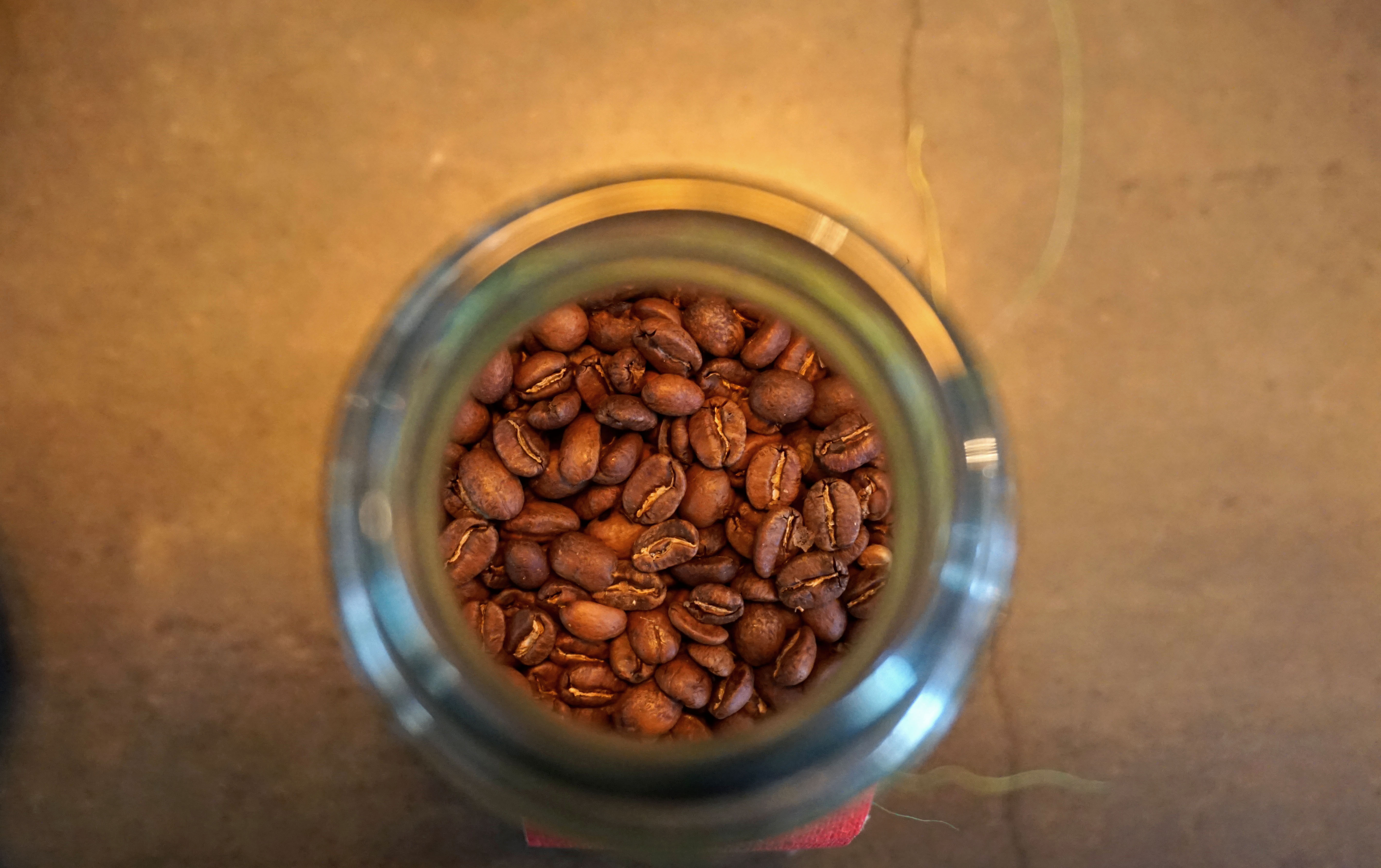
But in the context of this summer’s Colombia IFP, the mountains have everything to do with coffee cultivation, and most especially that of specialty and single origin coffee. Specialty coffee refers to the entire process of cultivation of the beans, to the roaster, and into the cup of the consumer. Single origin coffee can refer to 1) Coffee entirely from one farm 2) Coffee from multiple farms in the same general area, or 3) Coffee from multiple farms in the same country. With an emphasis on specific climate conditions and soil composition, specialty coffee brands itself as a value chain that produces beans and brews of the highest quality.
There are over 560,000 coffee growing households in Colombia. More of 95% percent of these are smallholder farmers, whose average size is smaller than 5 hectares. In Colombia,“over 2.5 million people are directly dependent on incomes from the coffee sector” (Guhl, 2004). Colombian coffee cultivation remains a significant sector of the export economy and is a continuous influence on shaping rural, agrarian life and culture.
The Colombia IFP 2018 is all about coffee and cooperativism. We are a small group this time around, with four students, led by Professor Christopher London, teaming up with two organizations: Sustainable Harvest, a Portland based specialty importer, and the Colombian coffee cooperative Coocentral. This is the first IFP working in Garzón, Colombia with the foremost objective being to establish a continued partnership for future IFPs.
What are we working on?
In addition to teaming up with the Coocentral team here in Garzón, Huila, Colombia, each student has their own respective project. These projects range from engaging rural youth in creative expression workshops, researching the potential for eco-tourism in the region, and implementing participatory media and women-focused empowerment workshops. Each of our individual projects are based on current issues in the Colombian coffee growing sector. Currently, there is anxiety about the future of the these small farming families as youth are leaving for cities in increasing numbers, with little intention for returning to farm work. Our group member, Daniela, aims to engage youth in a multimedia project to illuminate the reasons for the youth flight from the countryside. With Paolo’s background in entrepreneurship and business, his research aspires to capitalize on agro-tourism opportunities for youth in order to create an appealing alternative lifestyle that is still embedded in agrarian life, but from an entrepreneurial perspective. Sustainable Harvest and Coocentral have their own line of coffee sourced from female farmers in the cooperative. Their priority is to push profit down the value chain to these female farmers, but are seeking ways in which to sell this line of coffee to buyers in the US that it is a higher price point. Megan and I, through our workshops with these female farmers, hope to glean life histories, stories, and more personal vignettes that could help promote their coffee at higher prices.
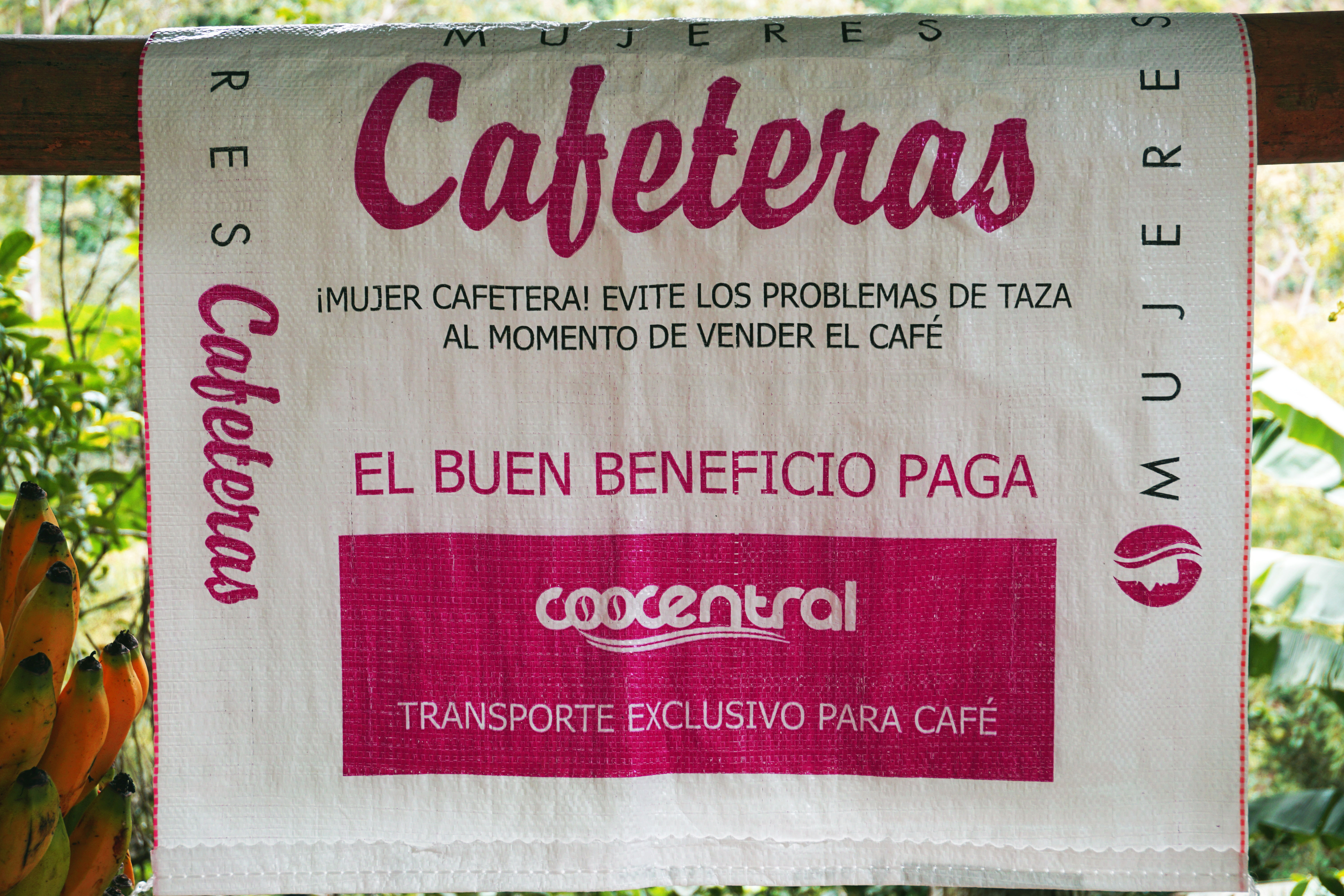
Thus far, we have had the opportunities to tour four coffee fincas (spanish for farm), including picking coffee cherries, learn how to ‘cup’ coffee (essentially wine tasting, but with coffee), and conducted two workshops with two different groups of female coffee farmers.
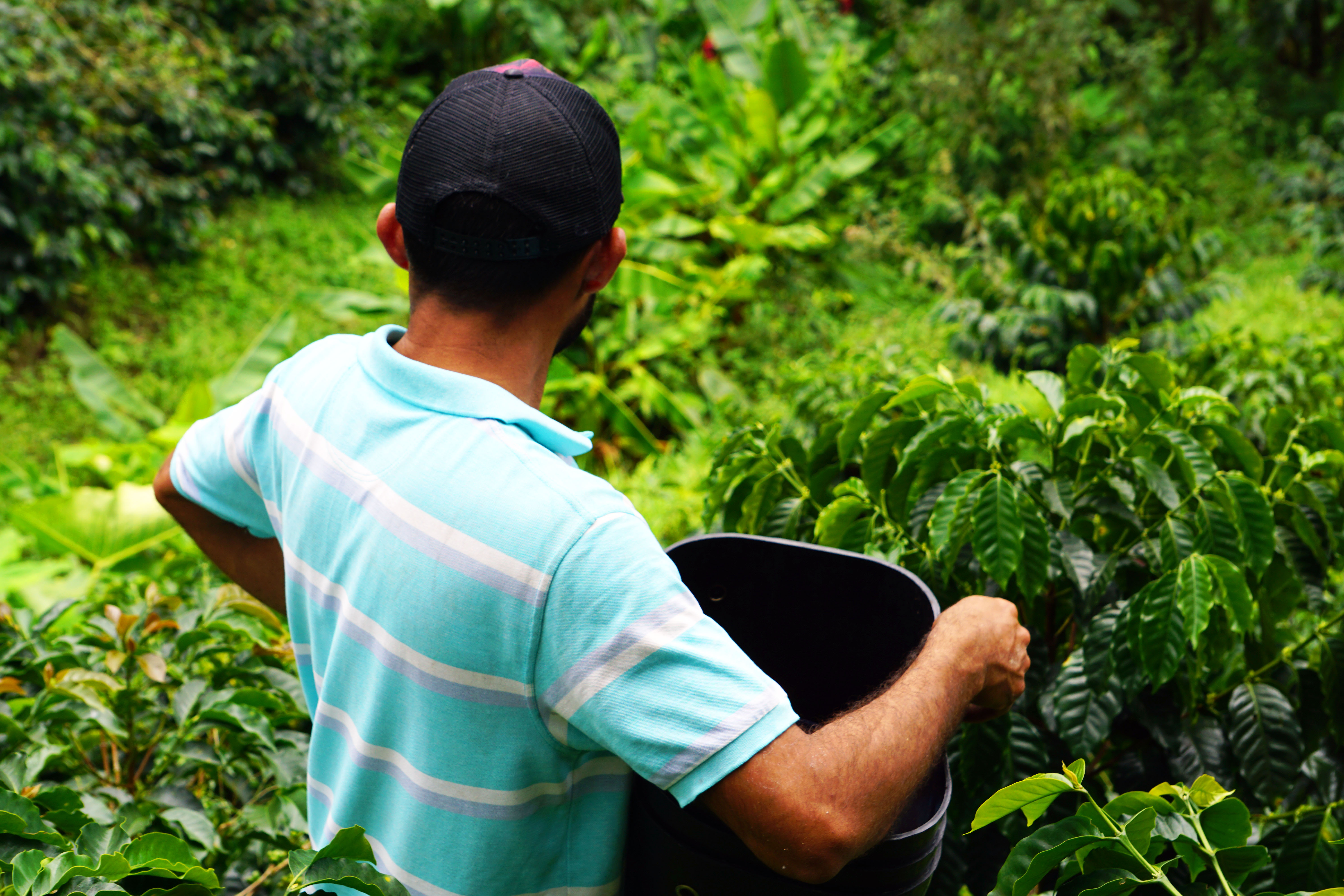
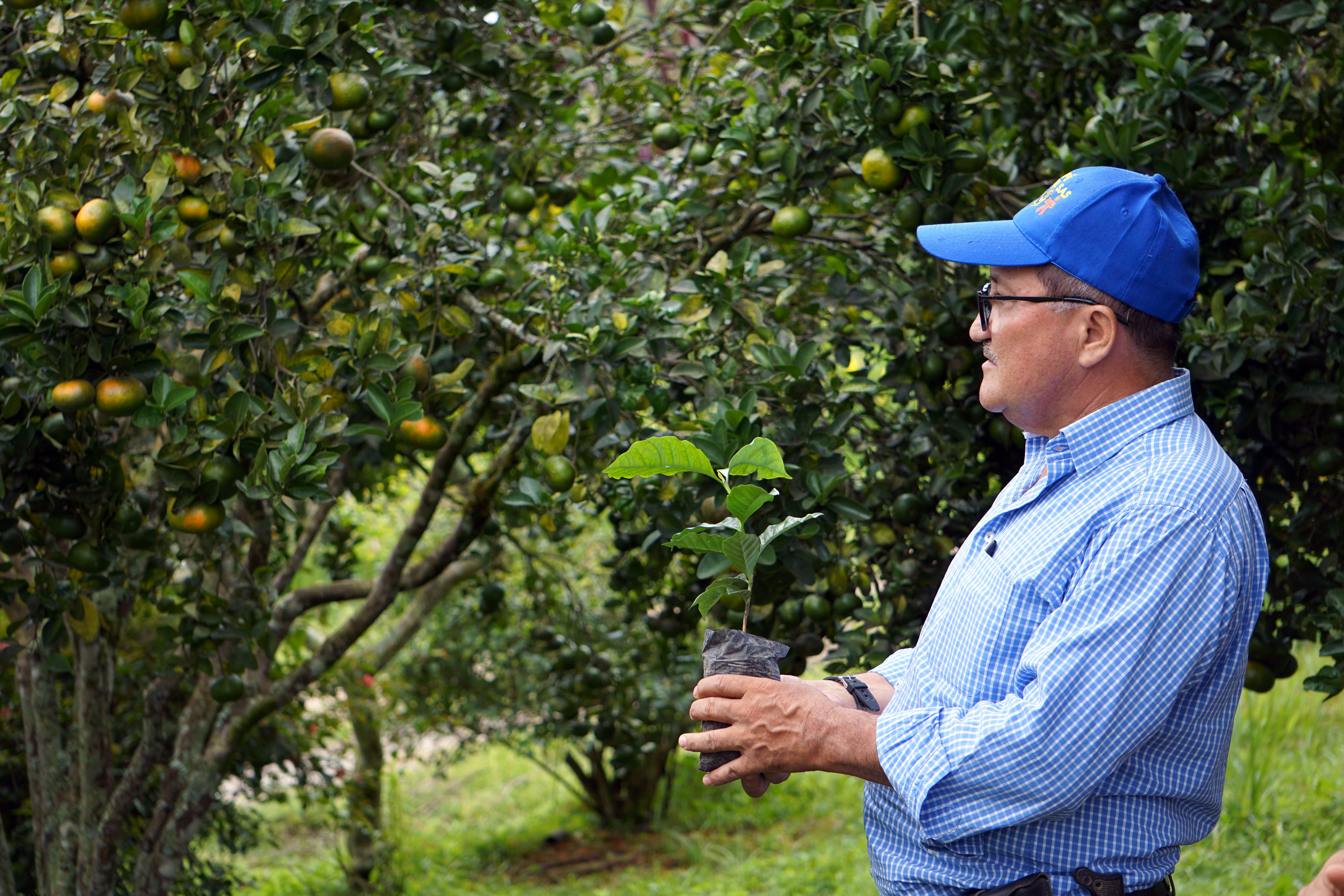
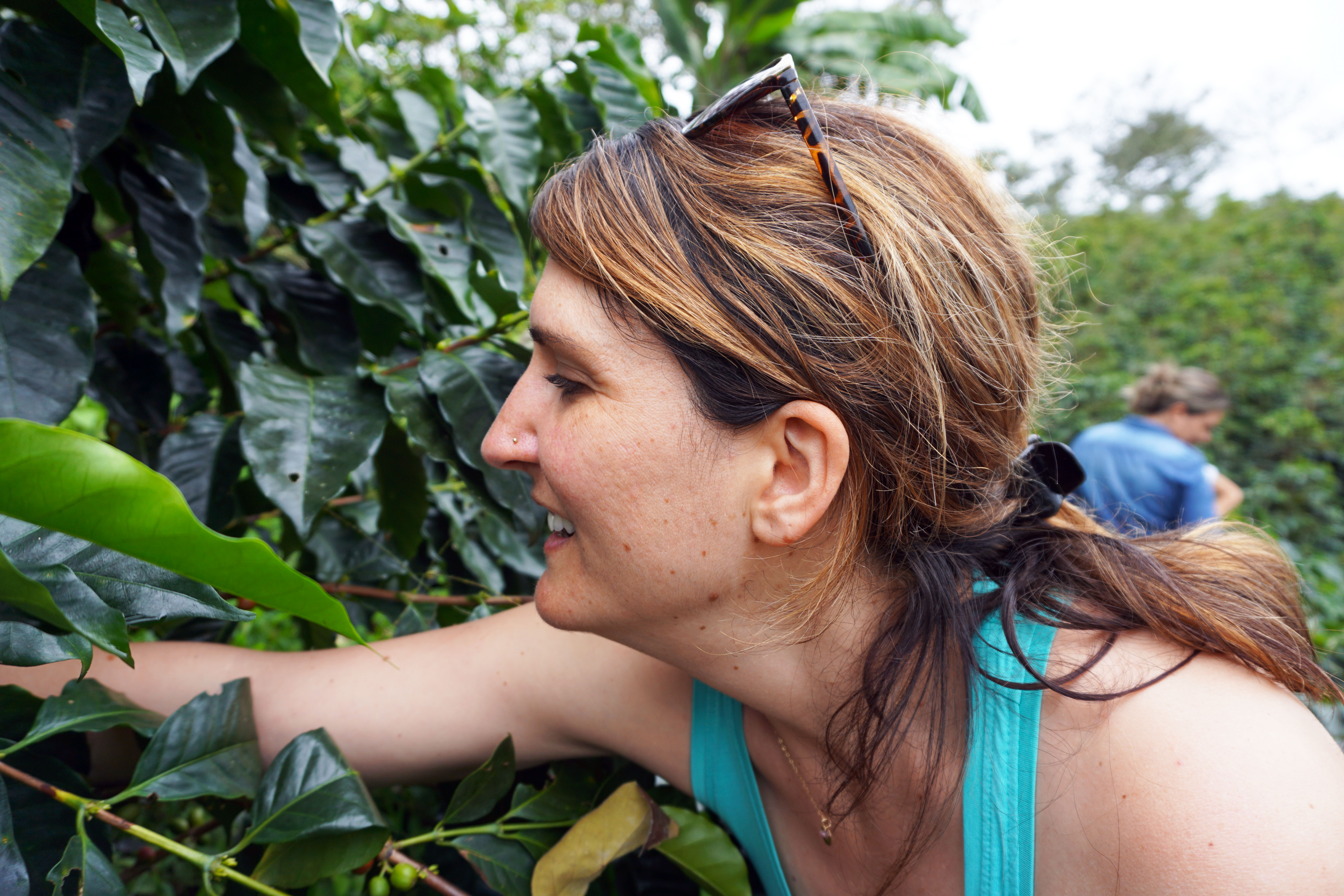
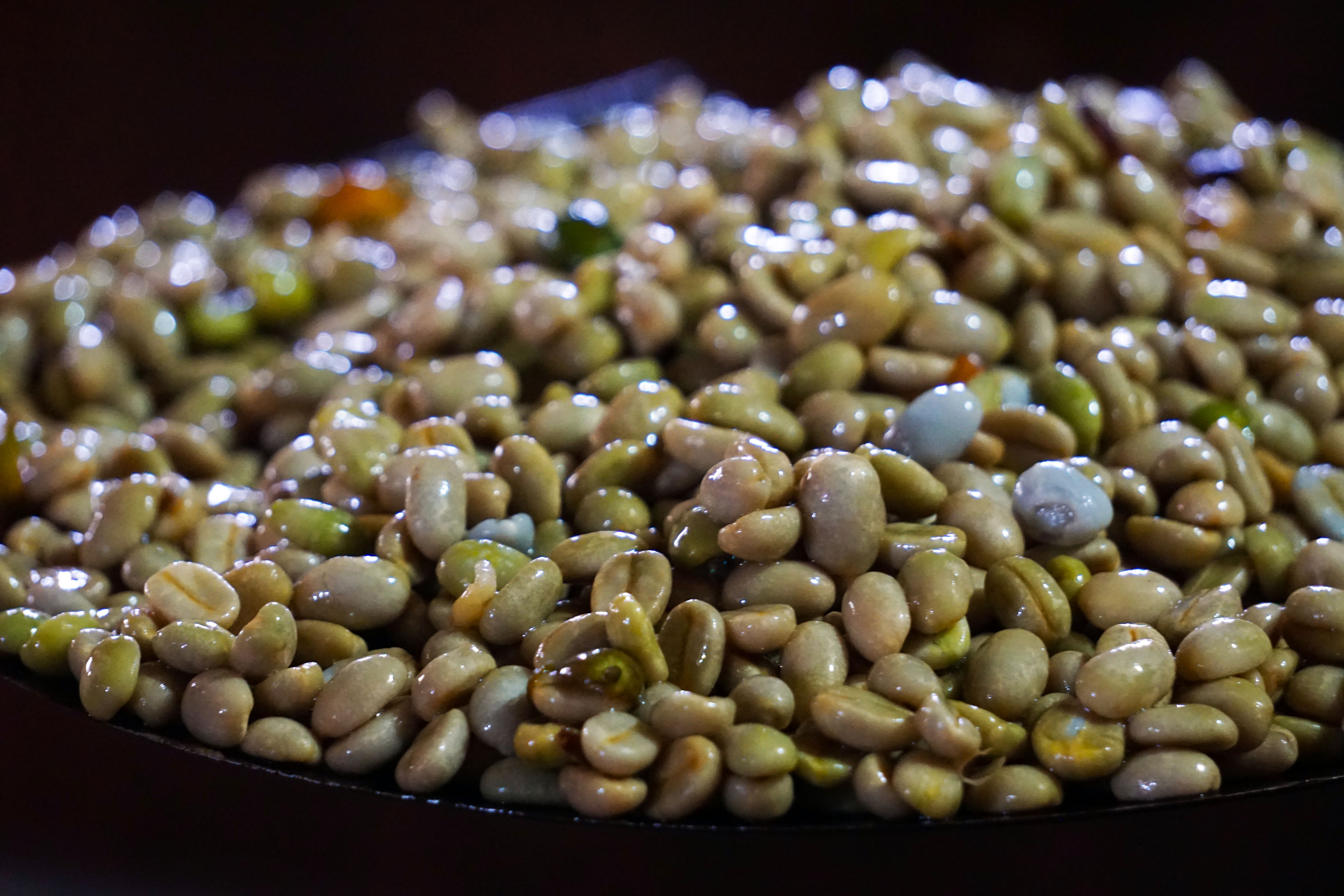
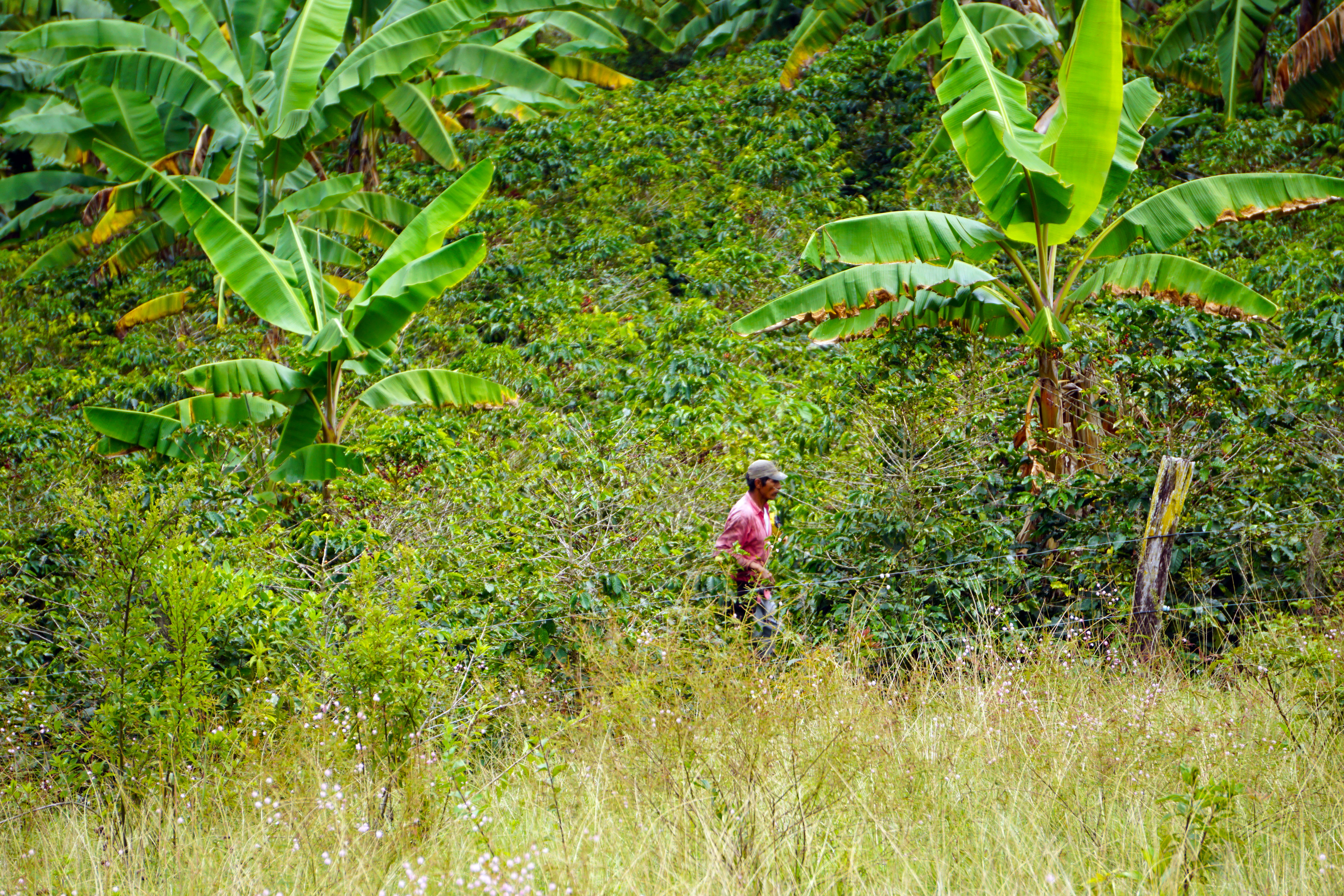

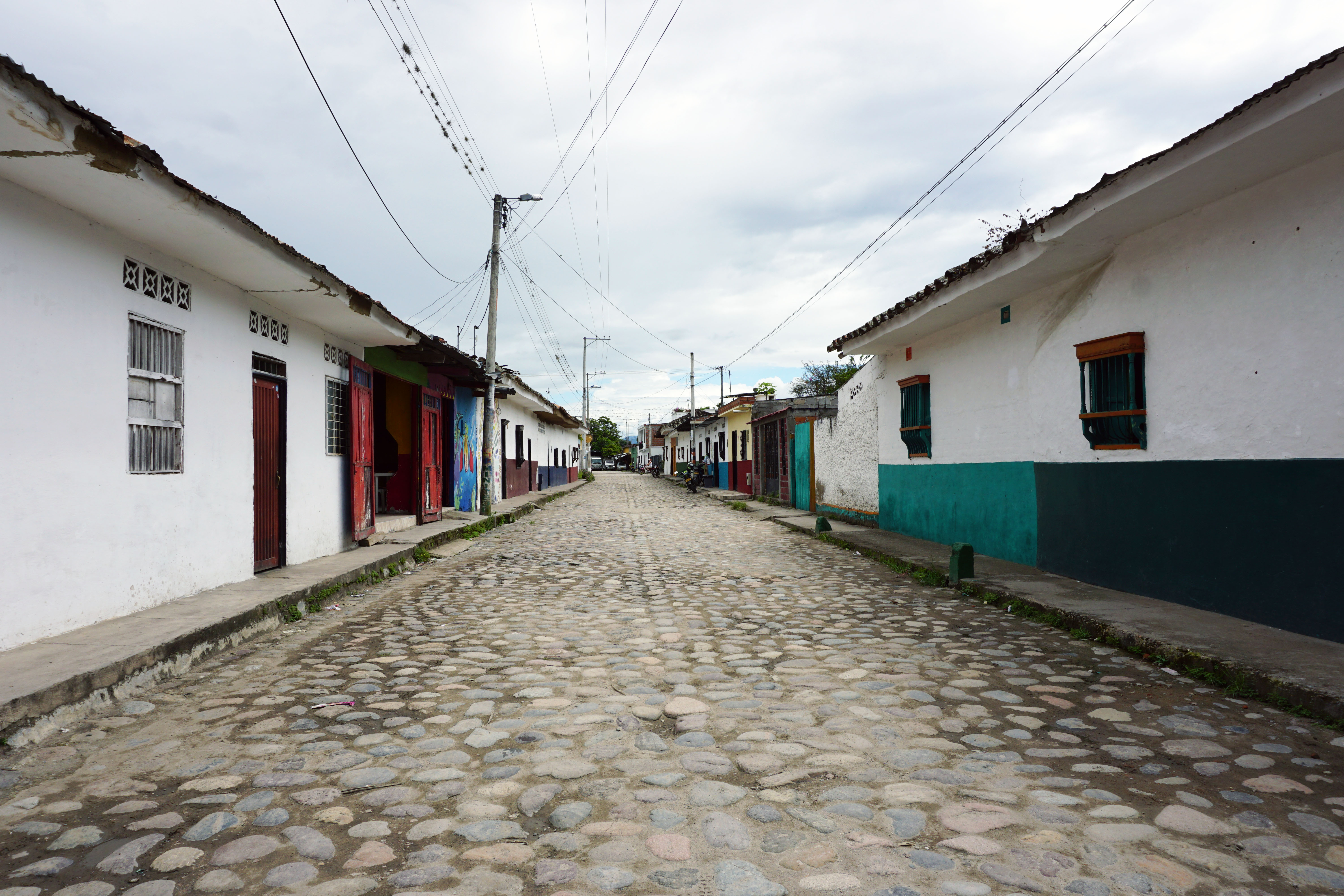
To expand more on my own project while I am here in Colombia, I will be conducting a series of workshops with the groups of women farmers using a participatory action research methodology called Photovoice, in addition to doing a portrait photo series and accompanying life history narratives. Photovoice is a syncretization of documentary photography and a participatory needs assessment.
With Photovoice, participants are able to capture, and then through group discussion, articulate certain aspects of their lives that can illuminate personal, particular, or structural realities. Photography is particularly effective because it is fun, easy, and can tease out details through conversations that can elude interviews (not to mention it doesn’t require reading or writing). In a deeper theoretical context, Photovoice is based on the idea of “critical consciousness” or “a deep understanding of the way the world works and how society, politics, and power relationships affect one’s own situation” (Community Tool Box). Furthermore, in this method, individuals choose what they photograph and that self-selection can help the researcher gain a more clear grasp on what the person’s circumstances are, and what they understand to affect them the most in the everyday. Photovoice as a concept claims that:
- Images teach
- Pictures can influence policy
- Community members ought to participate in creating and defining the images that shape healthful public policy
- The process requires that from the outset planners bring policy makers and other influential people to the table to serve as an audience
- Photovoice emphasizes individual and community action
This is an open ended process – one that I do not wish to steer with a heavy hand. Indeed, I hope to create a space in which both the participants and I can learn more about each other, our lives, our values, and hopefully, through photography and critical discussion, bring our lifeworlds closer together.
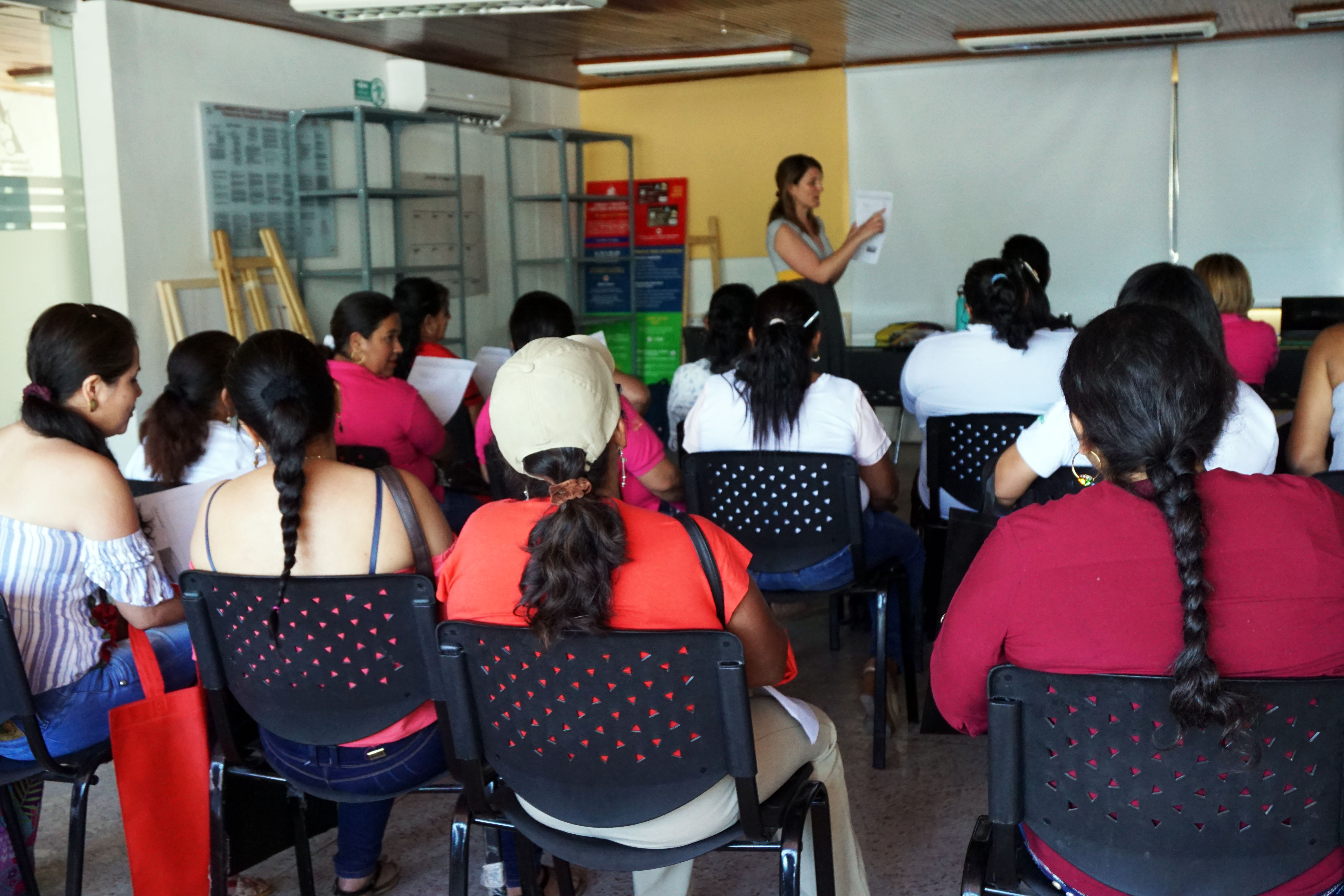
Sources
Community Tool Box. Chapter 20. Implementing Photovoice in Your Community. Chapter 20. Implementing Photovoice in Your Community. Retrieved from Community Tool Box website: ctb.ku.edu/en/table-of-contents/assessment/assessing-community-needs-and-resources/photovoice/main.
Guhl, A. (2004). Coffee and Landscape Change in the Colombian Countryside 1970-2002. Doctoral Dissertation, University of Florida.
